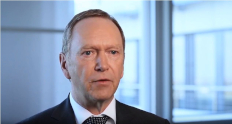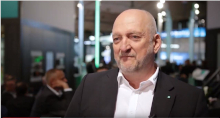February 5, 2019
Fit for Purpose
Awareness of both our duty to protect the environment and the need for safety has grown in recent years. Companies and institutions, including those in the petrochemical, chemical, and pharmaceutical sectors, share this concern and have begun to focus on these topics more and more. We spoke with two experts from Pepperl+Fuchs.
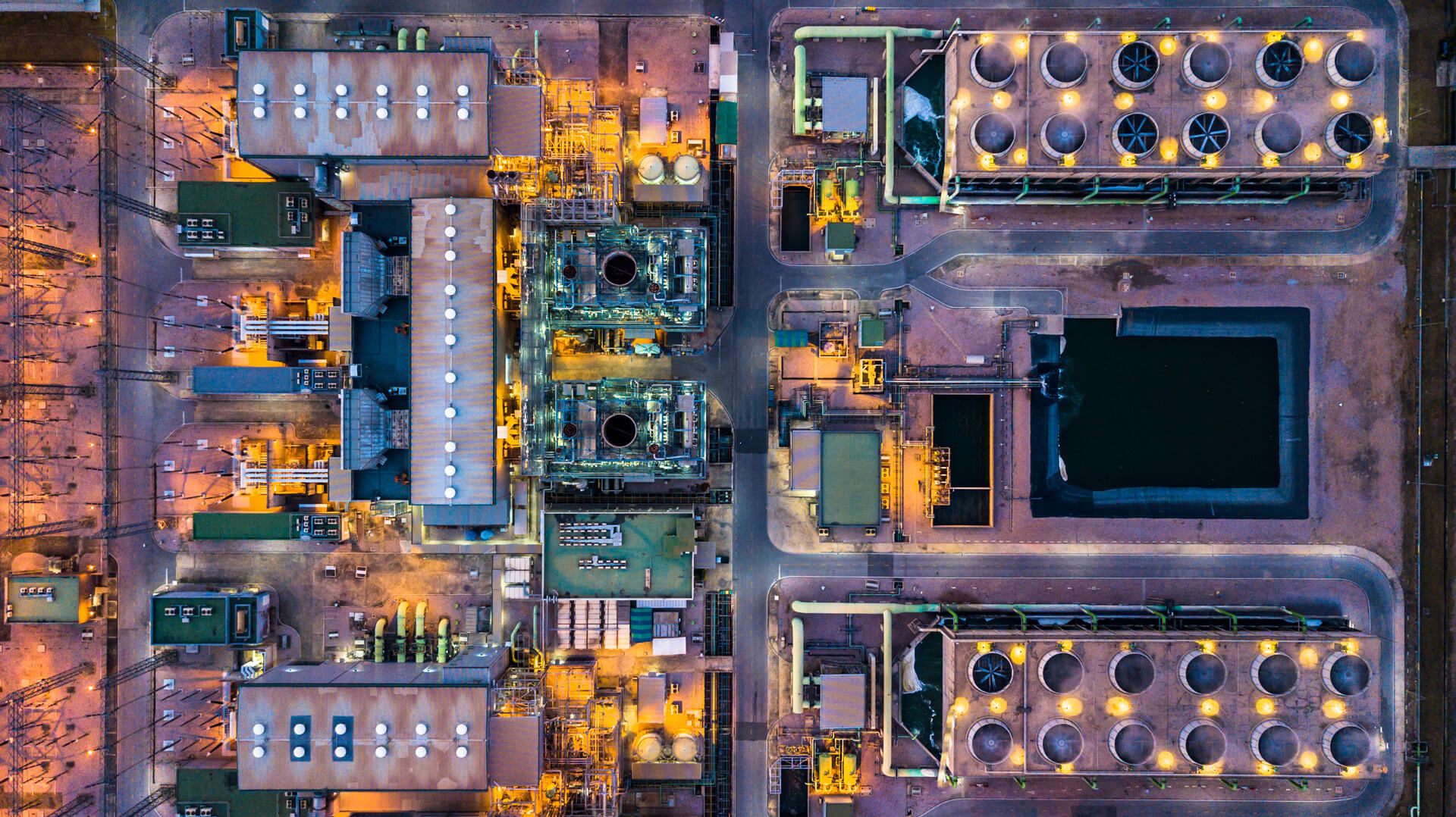
In order to meet the stringent safety requirements of these industries, Pepperl+Fuchs is continuously expanding its portfolio of products and solutions for electrical explosion protection, which are designed to make plants safer and the day-to-day work of users easier. Herbert Schober, Executive Vice President for Electrical Protection Equipment & Solutions Global, and Rainer Nägle, Product Group Manager for Electrical Explosion Protection Equipment at Pepperl+Fuchs give further insight into the developments and trends in electrical explosion protection.
Herbert SchoberElectrical explosion protection includes all explosion protection technologies with intrinsic safety, increased safety, flameproof enclosures, and purge and pressurization protection, as well as countless other methods. Pepperl+Fuchs has been active in the field of automation technology for over 70 years. To guarantee explosion protection in these application areas, we mainly use intrinsic safety and increased safety protection. In low-voltage technology, however, we also use flameproof enclosures and purge and pressurization in addition to increased safety. Pepperl+Fuchs started this 'conventional' explosion protection business around 15 years ago by adding intrinsic safety and increased safety products to its existing portfolio.
Herbert SchoberAs the market leader in explosion protection for automation technology, Pepperl+Fuchs has built an extremely positive reputation. For decades now, our customers have regarded us as a strong, reliable, and professional partner. Our expertise and experience from the field of automation technology have made it easier for us to gain a foothold in the field of low-voltage technology, grow our product portfolio, and assert ourselves in this market environment. Today, we are able to create synergy between the two disciplines to develop solutions for use in harsh industrial environments and hazardous areas.
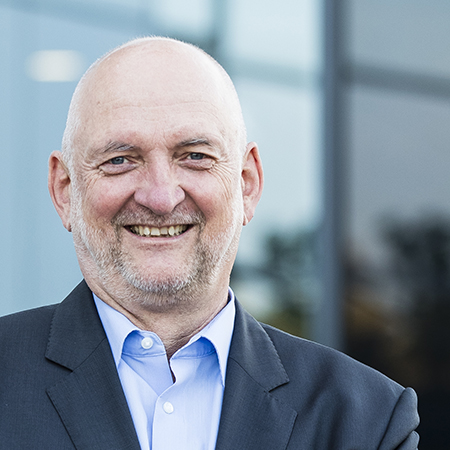
Herbert SchoberWe have a comprehensive portfolio of electrical components and systems for explosion protection, and it is extremely important to us to provide both local and global customers with a complete solution, not just a single product. We work closely with our customers to design, discuss, and ultimately manufacture the application-specific solutions in our SECs (Solution Engineering Centers). We provide support to our customers from project specification and construction to the time the solution is commissioned in the plant. We have a total of six Solution Engineering Centers worldwide—two in Europe, three in Asia and Australia, and one in the USA. With a comprehensive sales network and Pepperl+Fuchs-owned companies and trade organizations in over 80 locations worldwide, we are able to meet the requirements for electrical explosion protection solutions on every continent—whether in the chemical, petrochemical, or pharmaceutical industry. Our products are even used in the food and beverage industry to protect dust hazardous areas.
Herbert SchoberIt is not the technical basis of electrical explosion protection that is changing, but rather the applications and customer expectations. Just 15 years ago, all of the biggest businesses had far more resources available as well as their own specialist departments that were able to make plans and carry out project work independently. Of course, there are still specialists and committees that deal with these types of tasks, but the changing economic situation over the past few years has shifted these tasks to the manufacturer. We have also noted that customers are increasingly looking for preassembled, customer-specific solutions, such as those developed in our Solution Engineering Centers.
Rainer NägleAnother significant development has been the drop in oil and gas prices since 2011. Between 30 % and 40 % of sales used to flow into the oil and gas markets, but when the markets slumped by around 50 % it caused problems for the industry as a whole. As you might expect given this background, competition has become much tougher in recent years. Products and solutions must be 'fit for purpose' or 'fit for market'—in other words, the technology and service must be right, not to mention the price.

Rainer NägleSince Pepperl+Fuchs has a highly diversified portfolio, we do not depend solely on developments in process automation. We also operate in a completely different industry with our second business area, factory automation, and are therefore able to absorb market fluctuations more effectively. That's why it has been possible for us—despite the difficult situation with the oil and gas industry—to invest in developing new solutions for electrical explosion protection and take a more proactive approach than other manufacturers over the last five to six years.
Herbert SchoberAs an example, one important requirement is the ability to work with smaller, lighter, and more robust materials. But a lot has also changed in the field of material technology within the last 15 years, particularly in relation to plastics and glass fiber reinforced polyester. We recently launched a completely new enclosure series made from glass fiber reinforced plastic for terminal boxes and control stations (Ex e and Ex i). The enclosures in this series can withstand ambient temperatures from -60 °C to +65 °C and have additional functionalities that make plant design and operation much easier.
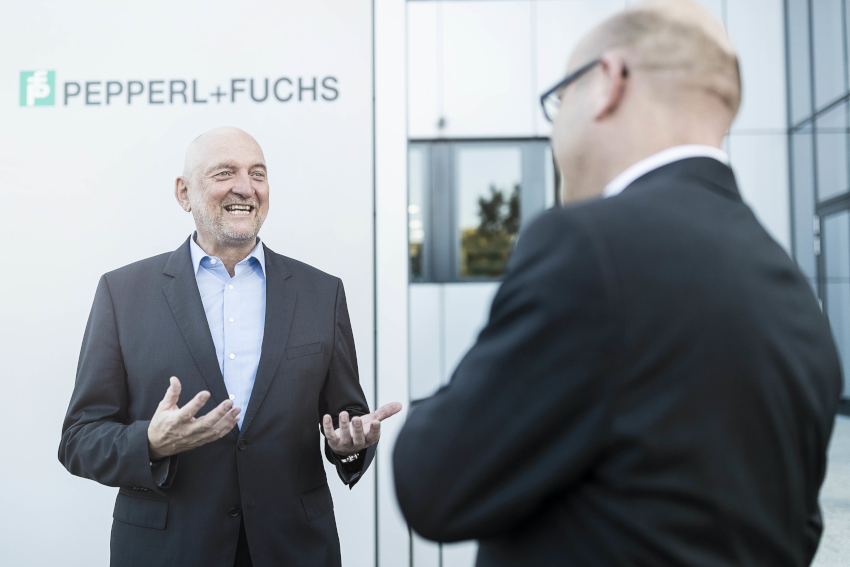
Herbert SchoberSpeed has become an increasingly important in product development and product availability, and not just for explosion protection. Customers expect us to provide them with tailor-made solutions in a very short window of time. Ideally, the delivery time for these solutions should be as quick as that of standard products. This led to the launch our '5-day guarantee' for Europe. We promise to manufacture terminal boxes, control stations, and control units within five working days. Even with shipping taken into account, orders are still processed much faster than our customers expect.
Herbert SchoberA combination of high-performance resources is required in order to turn a customer's order into a technical solution. Production documents are created automatically and ultimately go into cell production, where one of our teams will take care of the entire customer order within five working days. Although these processes are very complex, this type of production has allowed us to carry out a larger volume of work after a brief planning phase, and we can even achieve results in fewer than five working days. The most important thing is that our customers are delighted by this delivery performance.
Rainer NägleThere are few technical limitations, but there are certainly commercial limitations. The often extensive engineering effort must be worthwhile and ultimately cost-effective, especially when it comes to orders containing just one to three units.
Herbert SchoberThere are also technological limitations with regard to international approvals, which are often very difficult to obtain and require huge amounts of effort.
Your Ideal Product in Just Five Days
With our extensive range of control units, terminal boxes, and safety and load switches, we can meet your needs in no time at all without compromising on product variety.
Rainer NägleWe expect to see greater collaboration with the factory automation business unit in the future. Our aim is to increase the use of sensor technology in hazardous environments and use the expertise from both areas in the best possible way. We have two main focus areas in relation to this work. First, we need to make sure that the optical and electromagnetic radiation that sensors emit is safe, with additional consideration for meeting the new standards and limits on when optical radiation can ignite a gas atmosphere. Second, the use of fiber optic cables in hazardous areas is becoming increasingly important in communication technology.
Herbert SchoberThe challenge for the future will be introducing technologies used in non-hazardous areas into hazardous areas. Our customers want and expect to be able to use products from their private and work lives in hazardous areas, too. It goes without saying that this not only includes the equipment but also the associated infrastructure. Therefore, we will be focusing increasingly on antenna technology and shielding in the future. One thing that is certainly clear is that the technology associated with hazardous and non-hazardous areas will converge in the next five years, because the needs of the customers in these areas are the same. We must therefore 'package' our sensor technology in such a way that it can be used safely and reliably in hazardous and harsh industrial environments.
Rainer NägleUser-friendliness is the top priority, as was the case when designing our latest GR enclosure series made from glass fiber reinforced polyester. As an added value, this product range is easy to use and can be installed by just one person. The most significant developments in electrical explosion protection will be the things that make life easier for the user.


